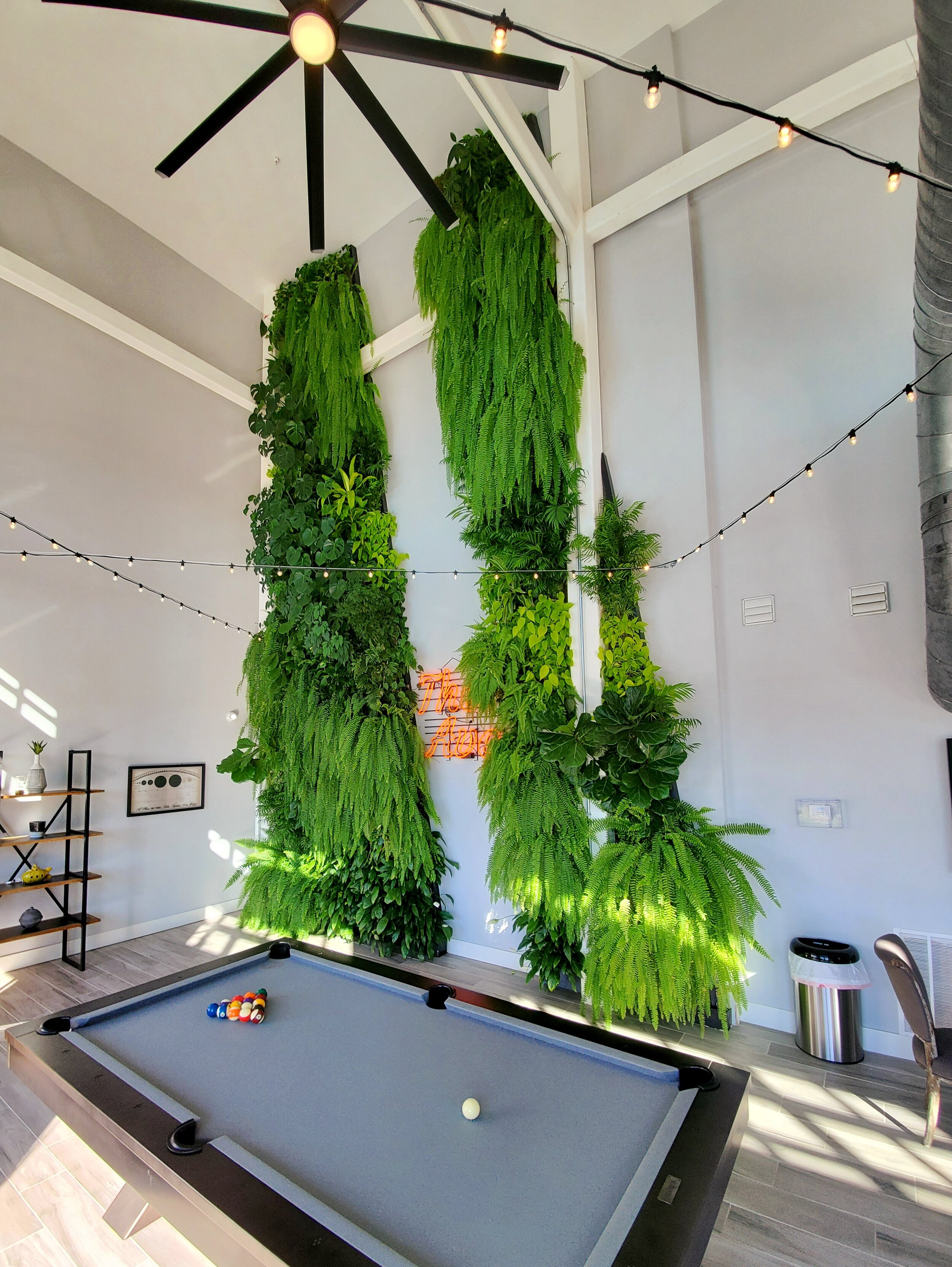Wintertime Blues? 10 Million Americans suffer from from SAD, Seasonal Affective Disorder
Seasonal Affective Disorder, or SAD, is a seasonal form of depression that usually starts in the Fall and subsides around the springtime. SAD is a fairly common form of depression, affecting about 10 million American adults every year according to an article published by the Cleveland Clinic. SAD can cause behavioral changes, mood swings, weight gain or loss, and feelings of depression.
Seasonal Affective Disorder affects women at a higher rate than men, according to the National Institute of Mental Health. People who live farther north also have a higher risk of developing SAD in the winter months. SAD usually develops in young adults, but it can last for years if not treated.
There are many different symptoms of Seasonal Affective Disorder, and they vary depending on the person. The most common mental symptoms include feelings of depression, changes in behavior such as losing interest in things you used to enjoy, having a hard time concentrating, and higher rates of anxiety. SAD can also affect sufferers physically. Many people experience changes in appetite and weight, feelings of lethargy, and having problems sleeping.
A few common treatments for SAD include light therapy and psychotherapy. Light therapy involves the patient sitting in front of a 10,000 lux lightbox for about half an hour every day. Another way to go about this is getting outside for 30 minutes or even trying to open more windows in your home. A vitamin D deficiency caused by a lack of sun exposure can exacerbate the problem for sufferers. Taking a vitamin D supplement can help with this disorder. Another treatment for SAD is psychotherapy. Talking to a therapist during the winter months can help sufferers feel more normal.
Another way to ease seasonal affective disorder is by bringing more plants into your home. According to the National Initiative for Consumer Horticulture, studies show that keeping plants in your home creates a feeling of psychological and physiological relaxation. Humans have an innate need to connect with nature, known as biophilia, which can sometimes go unfulfilled in the winter months. Indoor plants also improve the health of the air by filtering out toxins and increasing the amount of oxygen in a space.
Luckily, modern innovations in architecture have created more opportunities to incorporate plants into indoor environments through things such as vertical gardens, or living walls. Urban Blooms living walls are an easy way to bring plants into indoor spaces. Another benefit of Urban Blooms living walls is that they include automated irrigation systems and Urban Blooms takes care of upkeep so the walls will be beautiful for a long time to come.
Seasonal Affective Disorder can affect anyone, and it is easy for sufferers to feel hopeless in the winter months. But there are actions that can be taken to ease this disorder, and incorporating plants into your daily life is a great way to feel better.


